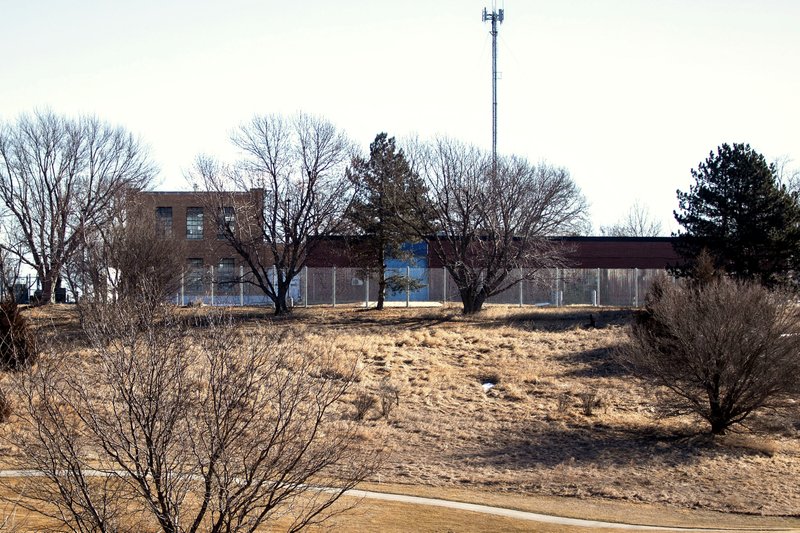LINCOLN, Neb. -- A sudden and puzzling increase in violence and escapes at Nebraska's two state-run centers for high-risk juvenile offenders has prompted officials to move some of the teenagers to other facilities and to consider spending millions of dollars on upgrades intended to enhance safety.
The incidents at the Youth Rehabilitation and Treatment Centers in central Nebraska, including an outburst that sent two employees to the hospital after a group of boys beat them with pieces of a metal bed frame, has shocked state officials, legislators and parents.
"It's dangerous," said state Sen. Sara Howard, who has taken a leading watchdog role over the facilities. "The people who are there, they want to work with kids. But if it's not safe to do it, why would you stay?"
The complaints about the youth facility call to mind problems Nebraska has had at its adult prisons, where four people have died in the past five years amid riots and other altercations.
But whereas the prison problems have been largely blamed on staffing shortages and training issues, there has been more confusion about the problems at the juvenile centers.
The Youth Rehabilitation and Treatment Centers were created to serve juveniles ages 14-18 who have broken the law and been rejected by other private treatment facilities.
There were two main campuses in central Nebraska -- one in Kearney for boys and one in Geneva for girls -- until last month, when state officials revamped the system in response to the recent outbursts. The new system uses Kearney as the main campus for processing boys and girls, while the Geneva campus will treat lower-risk girls in a less restrictive environment. A third campus in Lincoln will serve higher-risk boys and girls who don't respond to treatment at Kearney.
Officials who oversee the facilities said the uptick has been driven partly by youths with a history of violence and who often suffer from severe behavioral and mental health problems. But some parents with children at the lockups say they are chaotic and are plagued by poor communication, a lack of rehabilitative programs and constant power struggles between staff members and the youth.
"It's a mess," said Prudence Waters, whose 17-year-old daughter is being held at the Kearney facility. "How is she supposed to succeed and get on the right path when there's so much chaos every day?"
Tensions at a girls' facility rose to a boil in August after girls broke sprinkler heads in a sleeping area. Other girls complained that the water-damaged rooms where they were supposed to sleep smelled of mold and mildew, leading to a confrontation with staff members. Lawmakers who investigated days later found fire hazards, holes in the wall and water damage in campus buildings. They also were told that many of the girls weren't getting rehabilitative programming to deal with their anger or the trauma they had experienced.
The boys' facility in Kearney has faced problems of its own, with at least 39 confirmed escapes since last year, up from four in 2018. The number surged despite a 10-foot-high chain-link fence that officials installed in July to deter escapes. Some child advocacy groups criticized the fence, saying it would create a prison-like atmosphere instead of focusing on rehabilitation. Other critics argued that boys at the facility would see the fence as a challenge to overcome.
Earlier this month, boys who were trying to escape from their barracks-style living units attacked employees who confronted them and sent at least two to the hospital.
"The kids we're seeing are kids who are far more troubled," said Dannette Smith, CEO of the Nebraska Department of Health and Human Services. "We're not talking about children who shoplift. We're talking about children who have had trauma and have had a significant criminal history."
Smith said the more violent youths will be moved to a different state facility in Lincoln because they require more treatment than what the Kearney facility can provide. She also noted several steps the agency is taking to try to fix the problems, such as placing managers at the facility 24 hours a day and hiring more staff.
A Section on 02/17/2020
